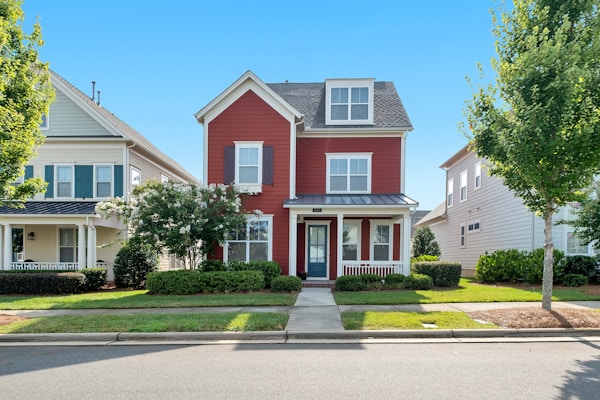When you’re ready to sell your house, preparation is key. From setting a price to staging your home for sale, follow these tips to make the process as easy and stress-free as possible. Take a look at this quick guide to selling your house.
Determine the asking price.

You’ll need to work with a realtor to set the right asking price when selling your house. Try to settle on a fair price for both you and the buyer while making your home competitive in the market. During this process, consider any work you’ve done around the house and the cost of your renovations. For example, adding a new roof to your residence with American Home Contractors will significantly increase your home’s value. You can determine the right price by researching similar homes recently sold in your area. You can also estimate the right selling price by using an online calculator.
Prep your home for sale.

Before you put your house on the market, it’s important to make any necessary repairs and updates. Potential buyers will look at your home with a critical eye, so you want to ensure it looks its best. Some things you may want to consider updating include the paint job, the flooring, and the kitchen and bathroom fixtures. You may also want to consider staging your home to make it more appealing to buyers. Home staging offers buyers a more realistic look into what the house will look like once the buyers move in. You’ll also want to clean the interior and exterior to make it look more appealing. If your windows are old and outdated, you’ll want to replace them before putting your house on the market.
Market your home.
If you’re seeking advice for making a quick sale, you’ll want to market your home effectively. You can do this in several ways, including listing it with a real estate agent, putting a sign in your yard, and listing it on real estate websites. It’s also important to make the property look as attractive as possible by removing any clutter, painting the walls a neutral color, and adding flowers or plants. You’ll also want to host open houses to generate interest in your home. This will allow potential buyers to come and see the property in person and ask questions about it. Make sure you have plenty of advertising for your open houses, and be prepared to show the property to anyone interested.
Negotiate with buyers.
When selling your home, it is important to remember that you are in control of the process. Although you may have an asking price in mind, it is ultimately up to you to negotiate with the buyer. Before you begin negotiating, you may want to consider a few things, such as the current market conditions and your motivation for selling. If you are motivated to sell, you may be more likely to negotiate a lower price. If you are not in a hurry to sell, you may be more likely to hold out for your asking price. Additionally, if the market favors buyers, you may be more likely to negotiate a lower price. Conversely, if the market favors sellers, you may be more likely to negotiate a higher price.
When negotiating with buyers, it is important to remain reasonable and know what the buyer is willing to pay. You don’t want to price your home out of the market, or you may risk having it sit on the market for an extended period. It is also important to remember that, as the seller, you are not required to accept the first offer. If you can’t agree with the buyer, you may want to consider relisting your home. Remember, the goal is to get the best price for your home; to do that, you may have to be willing to negotiate.
Finalize the sale.
Once you’ve agreed on a selling price with a buyer, it’s time to finalize the sale. This means completing the paperwork and getting ready to move out. The first step is to sign the sales contract. This document outlines the terms of the sale, including the purchase price and the closing date. The buyer and the seller must sign the contract for the sale to be official. Next, the buyer will need to get a mortgage loan approved. This process usually takes a few weeks, so it’s ideal for buyers to come prepared with a pre-approval. The lender must review the buyer’s credit history and financial information to approve the loan.
The buyer must close on the property once the loan is approved. This means coming to the closing table to sign the final paperwork and pay the remaining balance on the mortgage. The closing date will be outlined in the sales contract. If you’ve agreed to handle any buyer’s fees, like closing costs, you’ll pay them at this stage. After closing, the buyer will take possession of the property.
Congratulations on selling your home! Once your home’s sale is final, it’s time to move out. Make sure you have a plan in place for this exciting transition, and keep this guide in mind the next time you need to sell your home.

